In a small remote area of Northern Peru, high above a mountain lake, an Inca funerary site was discovered. It was home to over 200 well preserved mummies and unlike anything explorers had seen before. Today, you can visit these ancient Inca mummies in the Leymebamba Museum.

A 1997 exploration of the limestone mountains above Laguana de los Cóndores (Condor Lake) led to a sighting of mausoleums in the undergrowth. This was one of the only areas to evade the Spanish Conquest and for 500 years the mummies had sat undiscovered. Much like Machu Picchu, it was so remote, that climbing high in to the unknown jungle was futile. When local farmers heard about it, they weren’t deterred. Hearing of the discovery, many took up the role of tomb raiders, looting the area in search of treasure. The Peruvian Cultural Association didn’t want it to get destroyed by looters, but costs to fully excavate the site were high. After much deliberation, 200 mummies were rescued from the mountains. This led to the development of the Leymebamba Museum and a place to house the bodies, away from prying hands.
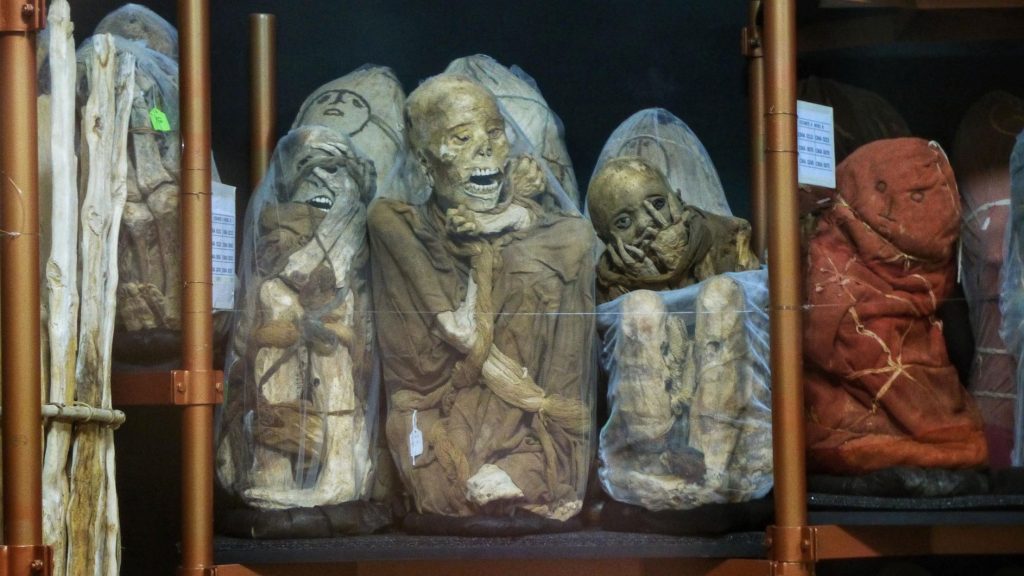
It’s thought there are still hundreds of mummies hidden in the dense jungle, but for now we’ll never know. Peru isn’t short of historical sights and the Leymebamba Museum near the town of Chachapoyas is a thrilling place to explore. Leymebamba Museum houses various artefacts detailing the region’s history. There’s Inca pots, weapons and diorama villages. You can even see skulls baring the wounds of battle; smashed in by ‘blunt force trauma’.
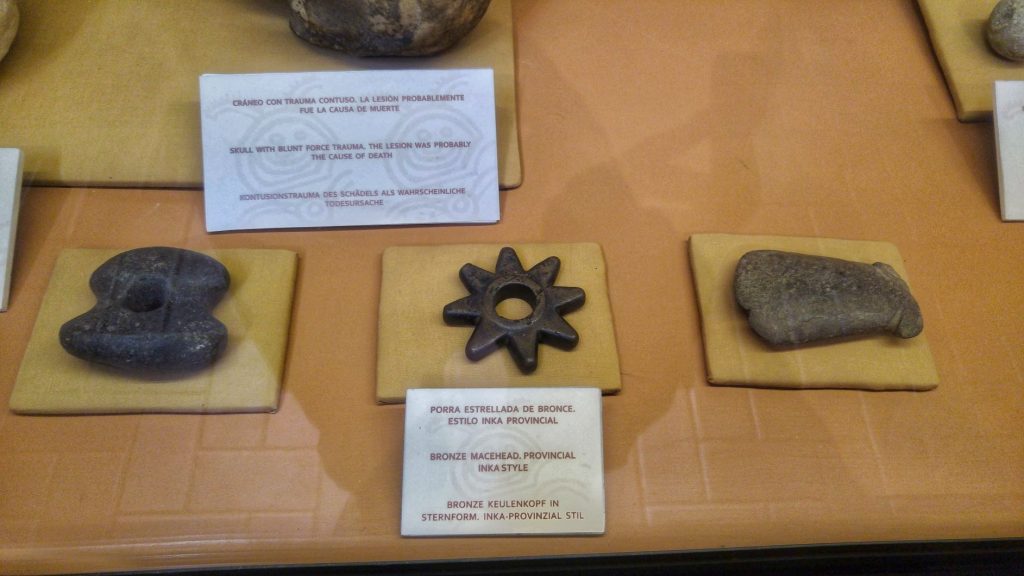
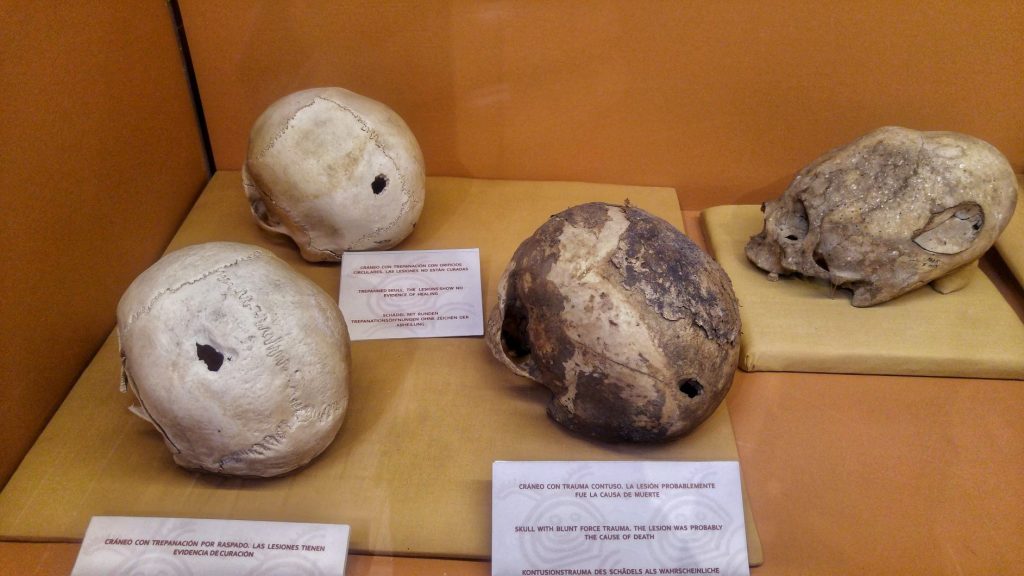
That’s nowhere near he creepiest part though. Things start to get really interesting towards the end of the second room. Here you’re presented with mummified dried out carcasses of dogs and guinea pigs. They look like ornaments from Leatherface’s living room.
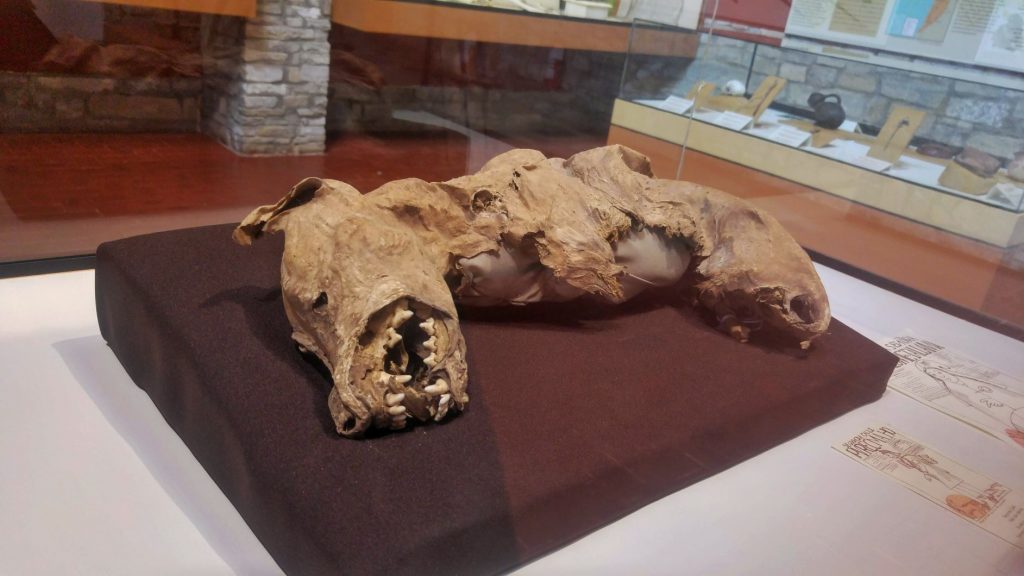
 Next up is an example tomb, with a mummified body sitting inside a tee pee style wooden structure. This is how the Incas buried many of the dead in the Chachapoyas region. All the deceased got treated like royalty and buried in some form of tomb. It clearly shows the importance of the people in the area. It’s accepted that after death, many still held a key position in the village hierarchy. Even maintaining their property and voting rights!
Next up is an example tomb, with a mummified body sitting inside a tee pee style wooden structure. This is how the Incas buried many of the dead in the Chachapoyas region. All the deceased got treated like royalty and buried in some form of tomb. It clearly shows the importance of the people in the area. It’s accepted that after death, many still held a key position in the village hierarchy. Even maintaining their property and voting rights!

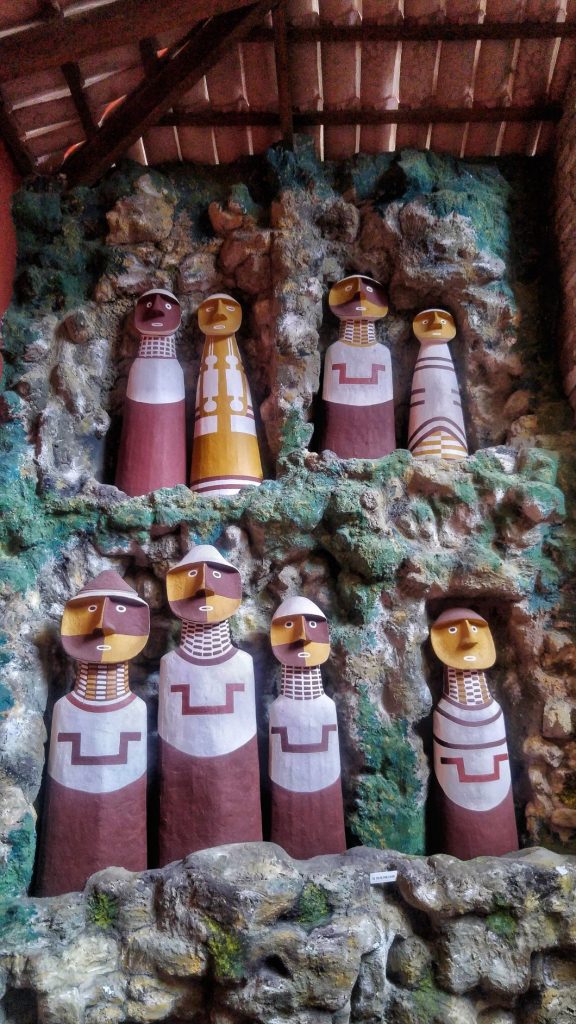
The real draw to Leymebamba Museum is of course the reason it was built in the first place. In a cool climate controlled room of precisely 17oC sit nearly 200 mummified bodies. They are so well preserved that many have most of their facial features in tact. I’m not sure there’s anywhere else in the world you can stare a 500 year old mummy in the eyes. Some mummies look contorted in pain. Their hands pulled up over and stretched across the face, with jaws dropped open.
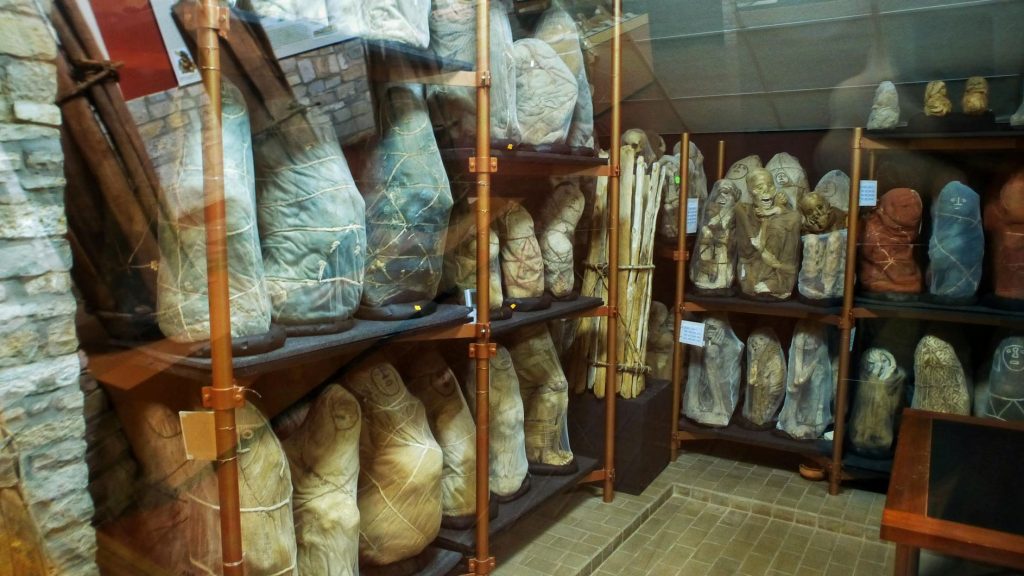
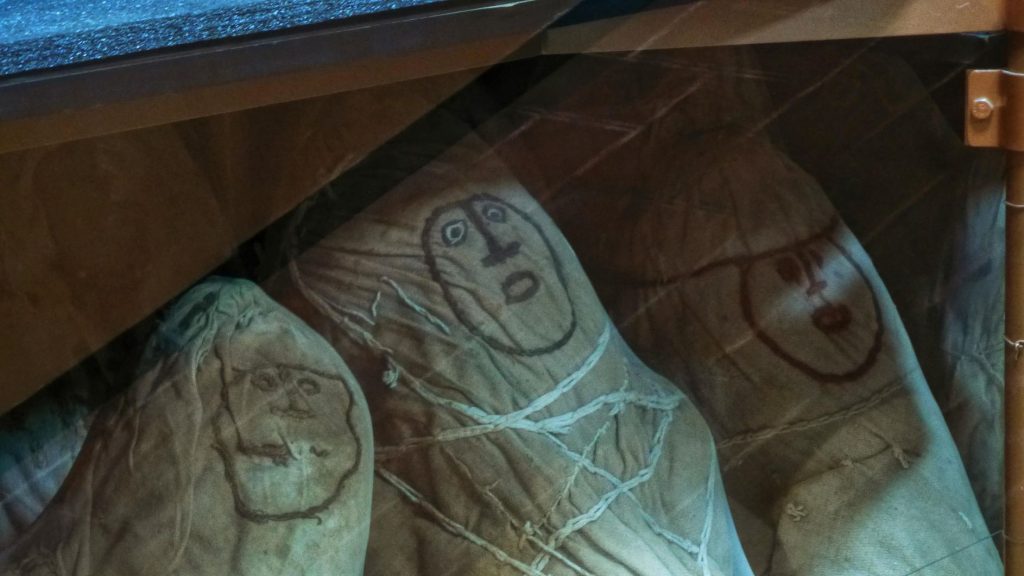
It’s an unreal experience. If you’re travelling through this area, is has to be high on your list of top things to do in northern Peru.

Visiting the Laguana de los Cóndores
It’s actually possible to trek to Laguana de los Cóndores and see the site where the mummies were discovered. However, it will take nine to ten hours one way, so requires an overnight stay, i.e. you’ll need to camp. Sitting and staring out over the top of the lake, imagining how the Incas lived would be an incredible experience. Sadly I was unable to do this, but if you’re interested to do it, ask around the town for a guide.
How much does the Leymebamba Museum and Peru Mummies cost?
The entrance fee is 15 Sol ($4.25 USD). Rarely busy, the Leymebamba Museum is so off the beaten track you might need to ring a bell at the gate for someone to come and let you in.
How to get to Leymebamba Museum?
You’ll need to get to the small town of Leymebamba. Buses leave regularly from Chachapoyas in the morning and cost 10 Sol ($2.85 USD). The journey is approximately 95km and takes two to three hours. It’s a bumpy ride through the Andes mountains, so be aware of this if you get motion sickness. If travelling from the historical city of Cajamarca, the journey is seven to eight hours and costs 35 Sol ($10 USD). The buses usually leave early in the morning. From the town of Leymebamba you will need to get a taxi or mototaxi (tuk tuk) to the museum. This costs 5 Sol ($1.50 USD) and takes 10 minutes. You may wish to pay a little extra for the driver to wait for you, or you can try and flag a ride down for the return journey. Do be aware that the museum is quite remote, so you may have to wait a while.
You can walk there from the town centre, but it’s a very steep along a 4km winding road out of the village. How long does it take to see the Peru Mummies at Leymebamba Museum? You can see the museum in one hour at a leisurely pace.
What else is there to see besides Peru Mummies?
Kentiafe Hummingbird Cafe is opposite the museum. Here you can get reasonably priced food and drinks. It’s worth coming here to see the dozens of hummingbirds at feeders in their garden.





